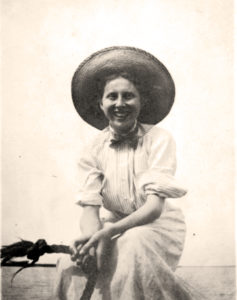
1.8 b. Cajun Music
Louisiana’s Cajun music has been influenced by a rich blend of musical traditions.

Louisiana’s Cajun music has been influenced by a rich blend of musical traditions.

Cajun music is a genre that arose in southwestern Louisiana from the Francophone folk music traditions of the Acadians.
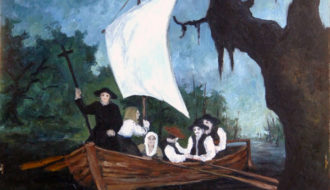
Cajuns are the descendants of Acadian exiles from what are now the maritime provinces of Canada–Nova Scotia, New Brunswick, and Prince Edward Island–who migrated to southern Louisiana.

Acadians, Cajuns, and their history became part of American literature, often represented through romantic myth.
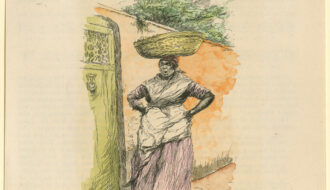
Fried rice cakes known as calas were once ubiquitous among New Orleans street vendors.
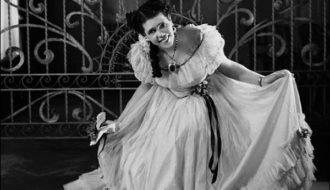
Born in New Orleans on March 30, 1888, composer Camille Nickerson was a highly accomplished musician and scholar.
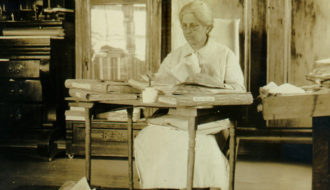
Cammie Henry played a central role in Louisiana's artistic and literary communities, as both a patron of the arts and preservationist.

The Campeche chair, a leather or caned sling seat supported by a non-folding cross-frame, was in widespread use in the United States and New Spain in the first half of the nineteenth century.
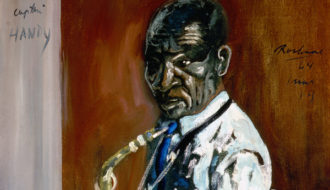
Captain John Handy was an early New Orleans traditional jazz, blues, and rhythm and blues alto saxophone player.
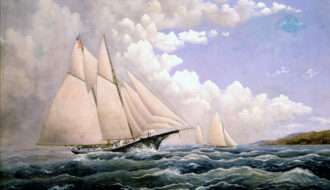
Captain William Lindsey Challoner worked for the Machecca line of fruit trade ships and sailed through many international ports. These busy ports inspired Challoner's paintings of ships and harbor scenes.
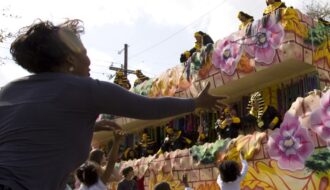
The culture and history of Mardi Gras throws, especially ubiquitous plastic beads, reflect relationships Louisianans have with each other and the spaces they inhabit.
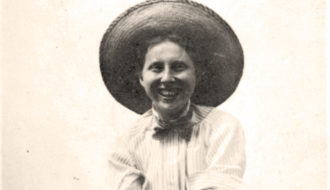
Caroline Dormon made monumental contributions to the conservation of Louisiana's natural and cultural resources. A passion for native plants and old-growth forests, coupled with a strong feeling of kinship with Native Americans, shaped Dormon's life and work.
One-Year Subscription (4 issues) : $25.00
Two-Year Subscription (8 issues) : $40.00
